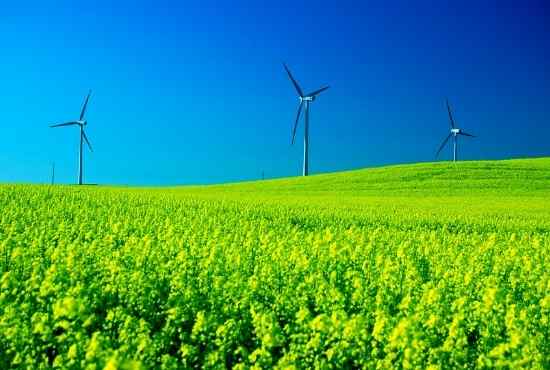Recently, we have been noticing, in social and other media, a lot of discussion on climate change. One may then ask what is climate change? Is it natural or man-made phenomena and how does it affect us? A series of blogs are being presented here to answer some of these questions. This is the first blog in this series of blogs on these topics.
Climate is the long-term (typically 30 years or more) average weather conditions. Climate change refers to variations in weather conditions that persist for decades or longer. Extensive research and evaluations of climate change phenomena have been conducted for many decades and continue with the sponsorship of organizations such as USGS, NASA, USEPA, the European Commission, and others. The resulting information is available in various publications; the information presented herein is based on the research conclusions compiled in these publications.
Climate change is affected primarily by the earth’s surface temperature, which is influenced by energy balance, which, in turn, varies over time in a manner such that: (i) the earth warms when incoming solar energy is absorbed by the earth, (ii) the earth avoids warming when solar energy is reflected back to space, and (iii) the earth cools when energy absorbed by the earth is released back into space. Natural and human factors that can influence the earth’s energy balance and, thus, temperature change include:
- The amount of heat retained by the earth’s atmosphere due to variations in the greenhouse effect.
- Variations in the sun’s energy reaching the earth.
- Changes in the reflectivity of the earth’s atmosphere and surface.
In this presentation we will discuss Greenhouse effect.
Greenhouse effect: Greenhouse Gases
About half the energy from the sun in the form of sunlight, passing through the earth’s atmosphere (air and water vapor), reaches the earth’s surface. After it reaches the earth’s surface, this energy is either absorbed by the earth or reflected back into space. Some of this absorbed energy is released back into the atmosphere in the form of heat. Gases in the atmosphere, like water vapor, carbon dioxide, methane, nitrous oxide, and fluorinated gases, absorb this released heat, thus preventing the loss of heat to space making the earth warmer than it would be if this heat were released back into space. These gases act like a greenhouse cover that holds or prevents the heat from being released into space; therefore, they are called “greenhouse gases” (GHGs) and the process is called the “greenhouse effect.” For more information on various GHGs, see the USEPA Greenhouse Gas Emission websites.
The energy emitted by the sun warms the earth’s surface; some of this energy is reflected back, which warms the earth’s atmosphere. A large part of this reflected energy is captured by GHGs like carbon dioxide (CO2), water vapor (H2O), and methane gas (CH4) molecules in the atmosphere; these GHGs radiate energy in all directions, and the part that is directed towards the earth’s surface causes the earth to warm. It should be recognized that the earth’s natural greenhouse effect is useful for our survival but increased GHGs due to human activities result in excess global temperatures, resulting in global warming.
Geologic and other records indicate that climate change has always occurred on the earth and is caused by both natural and human-induced (anthropogenic) factors. Research shows increases in GHG concentrations in earth’s atmosphere in recent years since Industrial Revolution, which began around 1760, are “due to human activities in the industrial era”. These human activities have significantly contributed to warmer climate resulting in climate change. Climate change results into snow pack decline, evaporating water from rivers and water bodies like lakes making the drought conditions more severe. They may also result in uneven rain that falls and floods in some areas while drought conditions in other areas. Also, “a heating up planet has driven huge increases in wildfire area burned over the past few decades”.


